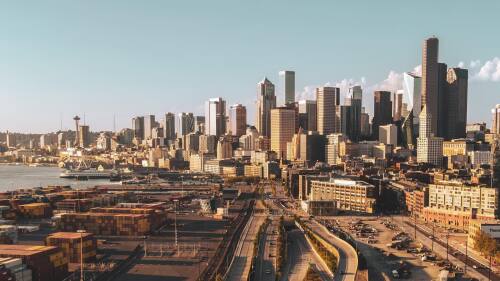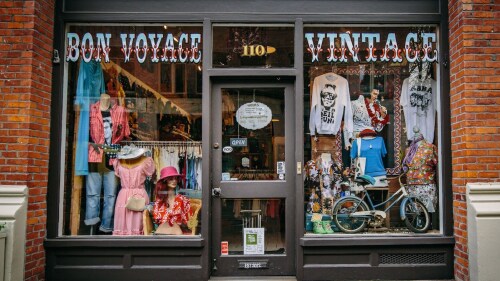You’ve never seen the wheels on the bus go ‘round and ‘round this fast. Okay, that might be up for debate, but construction started this week for the new King County Metro RapidRide J Line, which will run from downtown Seattle to the University District.
The project, which is expected to be completed in 2027, will serve to upgrade the existing Route 70 by making travel a bit easier with sidewalk repairs, repaved roadways, and more.
Residents of impacted neighborhoods (downtown, Belltown, South Lake Union, Eastlake, and the U District) can expect construction during weekdays, 7 a.m.-5 p.m., with occasional weekend + night work. Pedestrians, drivers, and transit users should also expect detours.
Here’s what we’re waiting for.
The new digs
In addition to added transit lanes, upgraded sidewalks, and other amenities that maximize transit access, the RapidRide J Line project will add the following:
- 15,130 ft of repaired sidewalks
- 2 miles of repaved roadway
- 3.7 miles of protected bike lanes
- 2 miles of bus priority lanes
- 177 improved crosswalks
- 33 improved intersections + 253 new traffic signals
- 190 new trees
- 7.5-minute peak service, 10-minute midday service (running 24/7)
Waiting for the bus in style
The RapidRide J Line will also have 20 new or upgraded stops along its route with features meant to improve accessibility and safety like:
- A 12-ft bus shelter
- Real-time arrival information
- All-door boarding
- Benches
- Street lighting on either side of seating areas
- RapidRide signposts + route maps
Riders who would like to provide feedback on the project can do so at the U District Farmers Market on Saturday, Oct. 12, 10 a.m.-2 p.m. More dates will be added down the line (pun intended), but riders can air their questions and concerns in the meantime by emailing RapidRide@seattle.gov or calling (206) 257-2202.












